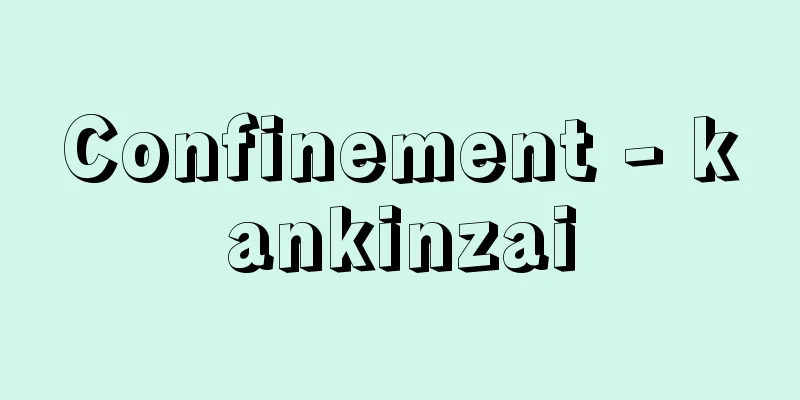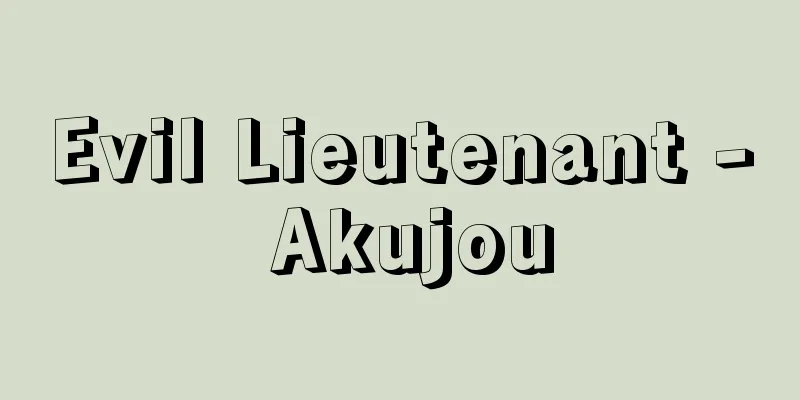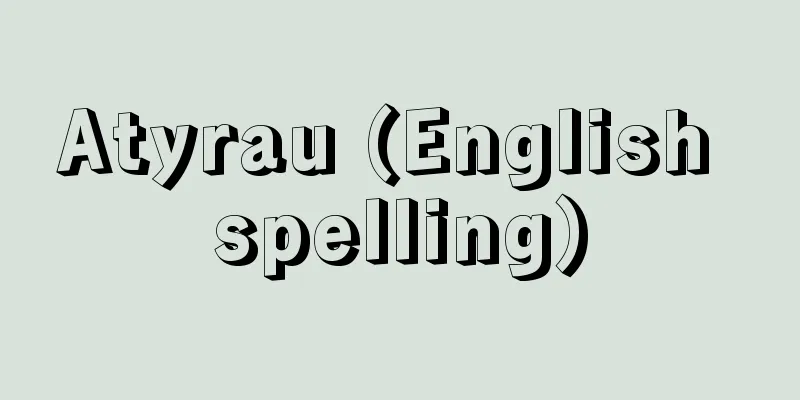Confinement - kankinzai

|
Like the crime of arrest, this is a crime that restricts the freedom of a person's physical activity. Confinement occurs when escaping from a certain place is made impossible or extremely difficult, while arrest occurs when direct control is exerted over a person's body (Article 220 of the Penal Code). The two are collectively called the crime of arrest and confinement. Confinement can be committed by physical and tangible means, such as locking a victim in a room, or by psychological and intangible means that exploit the victim's fear or mistake, such as putting the victim in a car or motorcycle and driving away. However, there is a dispute between the possible freedom theory and the actual freedom theory regarding the meaning of freedom in confinement. From the standpoint of the possible freedom theory, it is sufficient to make it impossible or extremely difficult to escape from a certain place from an external perspective, so the victim of this crime can be a small child, a drunk person, or a mentally disabled person, and does not need to be aware of the fact of confinement or have a sense of victimization. In contrast, the actual freedom theory generally requires that the victim has a certain level of mental capacity, as well as being aware of the fact of confinement and having a sense of victimization. In academic theory, the potential liberty theory was once dominant, but today the actual liberty theory is the majority theory. However, there are some lower court decisions that have held that a child around 1 year and 7 months old can be an object of protection under the crime of confinement if he or she is capable of acting voluntarily in a natural and factual sense. [Tetsuro Nawa] [Reference Item] |Source: Shogakukan Encyclopedia Nipponica About Encyclopedia Nipponica Information | Legend |
|
逮捕罪と同様に、人の身体活動の自由を拘束する罪。監禁罪は、一定の場所からの脱出を不可能または著しく困難にする場合であるが、逮捕罪は人の身体に直接的な支配力を及ぼすことにより成立する(刑法220条)。両者をあわせて逮捕監禁罪という。監禁罪は部屋に鍵(かぎ)をかけて閉じ込めるなど物理的・有形的方法のほか、被害者を自動車やオートバイに乗せて疾駆するなど被害者の恐怖心や錯誤を利用する心理的・無形的方法でも成立する。ただ、監禁罪における自由の意義について、可能的自由説と現実的自由説との争いがある。可能的自由説の立場からは、外形的に一定の場所からの脱出を不可能または著しく困難にすることで足りるとされるから、本罪の被害者は、幼児、泥酔者、精神障害者などでもよいし、監禁の事実を認識したり、被害意識を有する必要もないとされる。これに対して、現実的自由説では、一般的に、被害者が一定の意思能力を要するほか、監禁の事実を認識したり、被害意識を有することが必要であるとされる。学説では、かつては可能的自由説が支配的であったが、今日では現実的自由説が多数説である。ただし、下級審判例のなかに、生後約1年7か月の幼児について、自然的・事実的な意味で任意に行動しうる者であれば、監禁罪により保護すべき客体となりうるとしたものがある。 [名和鐵郎] [参照項目] |出典 小学館 日本大百科全書(ニッポニカ)日本大百科全書(ニッポニカ)について 情報 | 凡例 |
Recommend
Hermit crab - Oniyadokari
A large hermit crab of the family Pagurusidae in t...
West, M.
...Such words are called "basic vocabulary&q...
Erebos - Erebos (English spelling)
The god of "darkness" in Greek mytholog...
Andrássy - Andrássy (English spelling)
(1) Gyula the Great (1823-1890) Hungarian politic...
reeve
…A bird of the family Scolopacidae. The male is c...
Stage name - Genjina
〘Noun〙① A title given to court ladies based on the...
Urban design
Urban means city-like or urban, and is also called...
Barnes, T.
…On January 1, 1888, the title was changed to The...
Anhima carnuta (English spelling)
...It is found from southern Brazil to northern A...
Chemical fertilizer industry
...An industry that manufactures chemical fertili...
Alpha Blocking - Alpha Blocking
...When alpha waves are emitted, opening the eyes...
Cohesive failure
… An adhesive is a substance that is placed betwe...
Drosera peltata (English spelling) Droserapeltata
…[Katsuhiko Kondo]. … *Some of the terminology th...
Celestial orientation
… Orientations based on winds such as seasonal wi...
Costume doll - Isho Ningyo
A doll dressed in cloth clothing developed in the...









